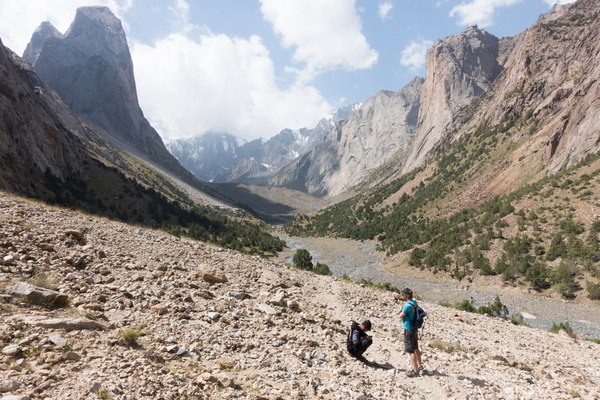The number one rule for off-the-grid adventures is “Come back alive.” That’s a very good rule, but there are other important ones, too, including “Don’t make your friends and family worry about you,” “Don’t get lost,” and other well-roasted chestnuts. Thankfully, there is a family of gadgets to help you abide by all of those rules.
Unlike the phone you use every day, GPS communicators don’t require a cell signal to work. Instead, they hook into the world’s Global Positioning System (GPS) satellite network. Not only can they be used to track your position, but they can also be used to send and receive little bits of data. We’re talking around 140 characters, like in the early days of SMS messaging. That may not sound like much, but it’s enough to tell your loved ones where you are (or that you’re delayed), receive medical advice, and even download an up-to-date weather report. Some even let you update social media to keep your adoring fans abreast of your adventures in near real-time if you so choose. It can also call in search and rescue virtually anywhere if the world if stuff really goes wrong.
The experts at The Verge recently reviewed a bunch of GPS communicators, and the one that got their “best overall” rating was the Garmin inReach Explorer Plus. To put it bluntly, the reviewers said, “it wasn’t even close.” The inReach Explorer Plus was considered head and shoulders above the next-best option (and by the way, those were Garmins too, just different models without as many bells and whistles).
For starters, it has a large, easy-to-read, full-color display. It takes full advantage of this with the preloaded Delorme topographic maps. While all of the other communicators tested required using the screen on a paired smartphone to see where you are on a map, the Explorer Plus was easily the most complete standalone unit. It’s easy to add waypoints, track back to where you began, and zoom in on details.
The on-screen menu is highly intuitive, and that’s a potentially critical feature. If you’re in a survival situation you are not going to want to (or potentially even be able to) remember a puzzling series of commands or pull out an instruction manual. You may not even be able to pull out your phone. It’s all highly visual, and, again, everything you need is right on the device itself. Just hit the Weather icon for a super detailed weather forecast. Not sure which way you’re facing? There’s a digital compass. Want to follow a route you programmed before you left or update your Facebook or Twitter? All doable from the device itself, no phone required.
That said, it does pair with your phone, which makes the texting experience a whole lot better. On the device, you have to use the four-way D-pad to select one letter at a time (or choose preset responses), which is slow and laborious. It’s not awful, but it’s a hell of a lot easier to compose the text on your phone and then let the Explorer Plus fire it off into the heavens. The app goes into a fair amount of detail on your activities, too, showing things like distance, maximum speed, average moving speed.
While the Garmin gadget is great, it isn’t perfect. The inReach Explorer Plus is big and bulbous, coming in at 6.5 x 2.7 x 1.5 inches and weighing about half a pound, so ultralight hikers who really count every ounce will probably think twice. The screen scratches fairly easily, too. The biggest pain is loading routes and waypoints. It’s also extremely unintuitive when it comes to loading routes and waypoints.
Those flaws aside, the device is reliable, accurate, and intuitive to use. Unfortunately, it’s also one of the most expensive models. The device itself costs almost as much as many smartphones, and that doesn’t include the service plan. If you’re going to be doing a lot of trips throughout the year, you can get an annual contract plan starting at $12 / month for 10 texts per month, and prices go upward from there for more data. If you’re just going to be doing trips here and there or in certain seasons, then you can go with a Freedom Plan, which is month to month, starting at $15 and ranging up to $100. The plan prices are about on par with the competitors, and while the device is more expensive, the reviewers felt the standalone capabilities, built-in TOPO maps, and the intuitiveness make the Garmin inReach Explorer Plus worth the investment.
—
Photo Credit: Samuel F Wilson / Shutterstock.com
